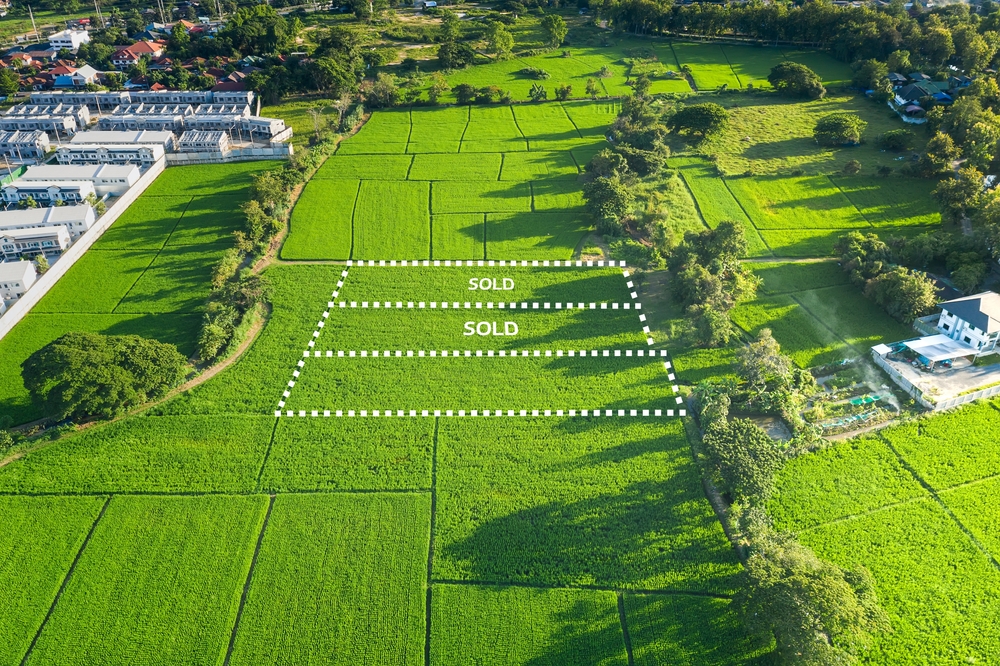Bert Harris Act and Competing Motions for Summary Judgment

In previous articles, I have discussed the Bert J. Harris, Jr. Private Property Rights Protection Act also known as the Bert Harris Act. (See here and here.) A recent case, Brevard County, Florida v. Waters Mark Development Enterprises, LC, 47 Fla.L.Weekly D1863c (Fla. 5thDCA 2022), discusses the Bert Harris Act when there are competing motions for summary judgment.
In this case, the plaintiff purchased land in Brevard County with plans to develop a residential subdivision. After the plaintiff purchased the land, the County amended its comprehensive land use plan that lowered the developmental density. Whereas the comprehensive land use plan originally allowed the plaintiff to build one residence per acre, the amended land use plan only allowed the plaintiff to develop one residence per 2.5 acres. The County denied the plaintiff’s proposed development application for exceeding its amended land use plan, as well as other factors unrelated to the amended land use plan. The plaintiff then abandoned its residential subdivision application and pursued relief under the Bert Harris Act. During litigation, both the plaintiff and the County moved for summary judgment. The plaintiff argued the County’s amended land use plan inordinately burdened the existing use of the property. The County argued that regardless of the amended land use plan, plaintiff could not have developed its desired residential subdivision due to other factors. The trial court granted the plaintiff’s motion for summary judgment and denied the County’s motion for summary judgment. The County appealed both rulings.
Bert Harris Act
The Act provides a mechanism to compensate landowners whose property is affected by government action not rising to the level of a taking. To prevail under the Act, a property owner must prove that “a specific action of a governmental entity has inordinately burdened an existing use of real property or a vested right to a specific use of real property.”
An “existing use” is defined as “[a]ctivity or such reasonably foreseeable, nonspeculative land uses which are suitable for the subject real property . . . which have created an existing fair market value in the property greater than the fair market value of the actual, present use or activity on the real property.” Here, the County agrees that under the old comprehensive plan [the plaintiff] had the ability to build one residence per acre and therefore had an “existing use” under the Act.
But a change in land use which impacts an “existing use” does not necessarily equal an “inordinate burden.” An inordinate burden is defined as “an action of one or more governmental entities [that] has directly restricted or limited the use of real property such that the property owner is permanently unable to attain the reasonable, investment-backed expectation for the existing use of the real property . . . .” This is akin to a causation requirement that each landowner must prove to prevail. If [the plaintiff] could not have developed the proposed residential subdivision for other reasons, then the County did not cause an “inordinate burden.”
Relatedly, if [the plaintiff] could not have developed the proposed residential subdivision for other reasons, then [the plaintiff’s] expectation to the develop the Property was unreasonable. This is an objective test. Where unrelated physical or regulatory barriers stand in the way of a landowner’s intended development, it cannot be said that the landowner’s investment-backed expectation is reasonable.
Brevard County, Florida, supra (internal citations omitted).
Reversal of the Plaintiff’s Summary Judgment
The appellate court reversed the trial court’s summary judgment in favor of the plaintiff. The County introduced summary judgment evidence that identified problems with the plaintiff’s proposed subdivision development in the plaintiff’s denied application. These problems were provided by the County to the plaintiff and were unrelated to the amended land use plan. The plaintiff did not attempt to remedy these problems with its residential subdivision application. “This is problematic because it leaves unanswered questions whether [the plaintiff] could ever obtain the approvals needed to proceed, especially the approval of [Water Management] District….” Brevard County, Florida, supra. In other words, putting aside the amended land use plan, there was a genuine issue of material fact whether other regulatory impediments prevented the plaintiff from developing its proposed residential subdivision. “Because the County came forward with sufficient evidence to create a genuine issue of material fact that [the plaintiff’s] proposed development faced unrelated regulatory barriers, which alone could have barred development, summary judgment for [the plaintiff] was error on this record and we reverse.” Brevard County, Florida, supra.
The County’s Motion for Summary Judgment
As mentioned, the County appealed the denial of its motion for summary judgment. However, the appellate court did not have jurisdiction to hear this ruling of the denial of this nonfinal order. While a party can appeal a nonfinal order determining “that a governmental entity has taken action that has inordinately burdened real property within the meaning of section 70.001(6)(a),” the trial court’s denial of the summary judgment did not create such determination. “By denying the County’s competing motion, the trial court declined to make such a determination.” Brevard County, Florida, supra
Please contact David Adelstein at [email protected] or (954) 361-4720 if you have questions or would like more information regarding this article. You can follow David Adelstein on Twitter @DavidAdelstein1.




